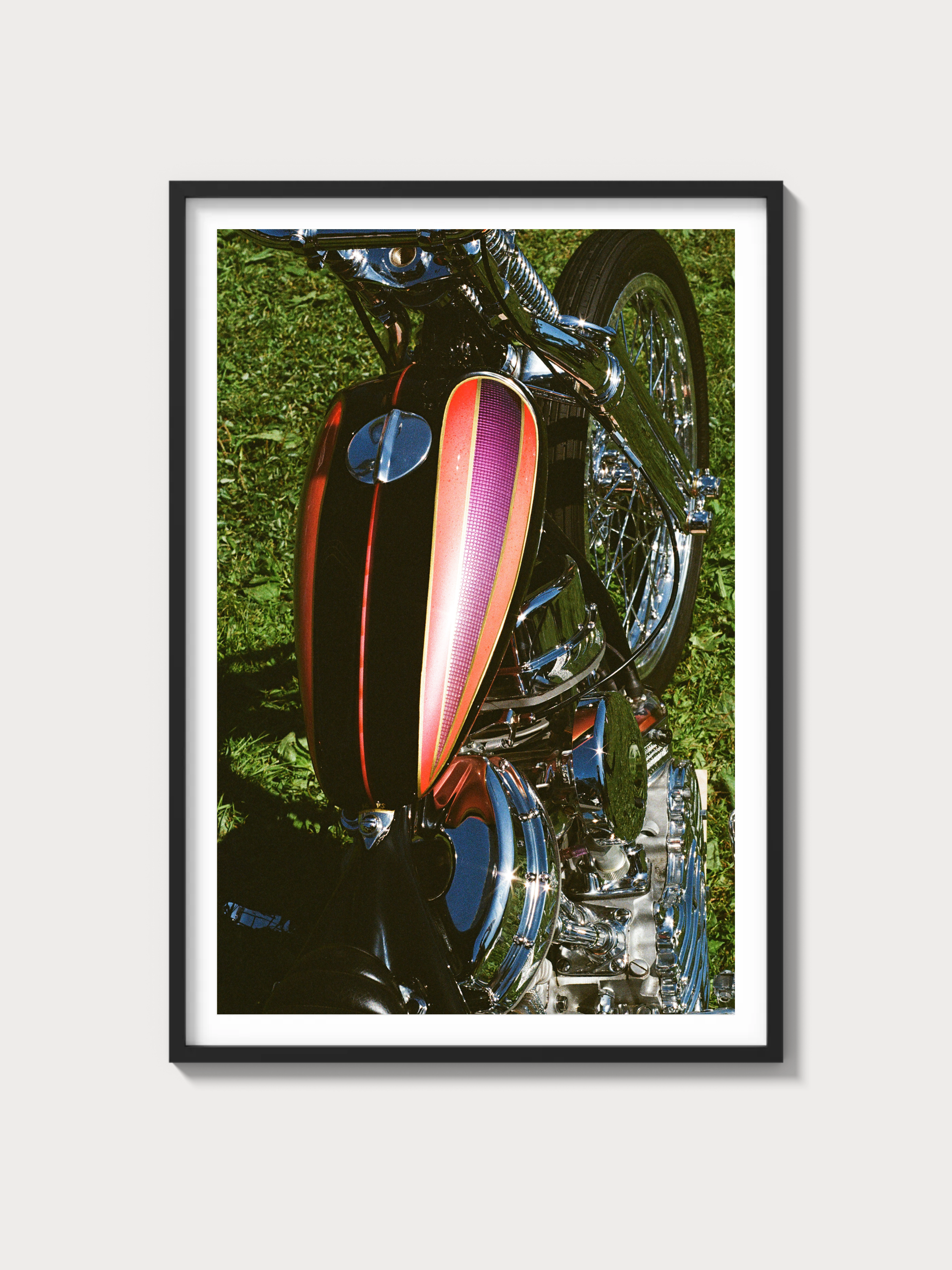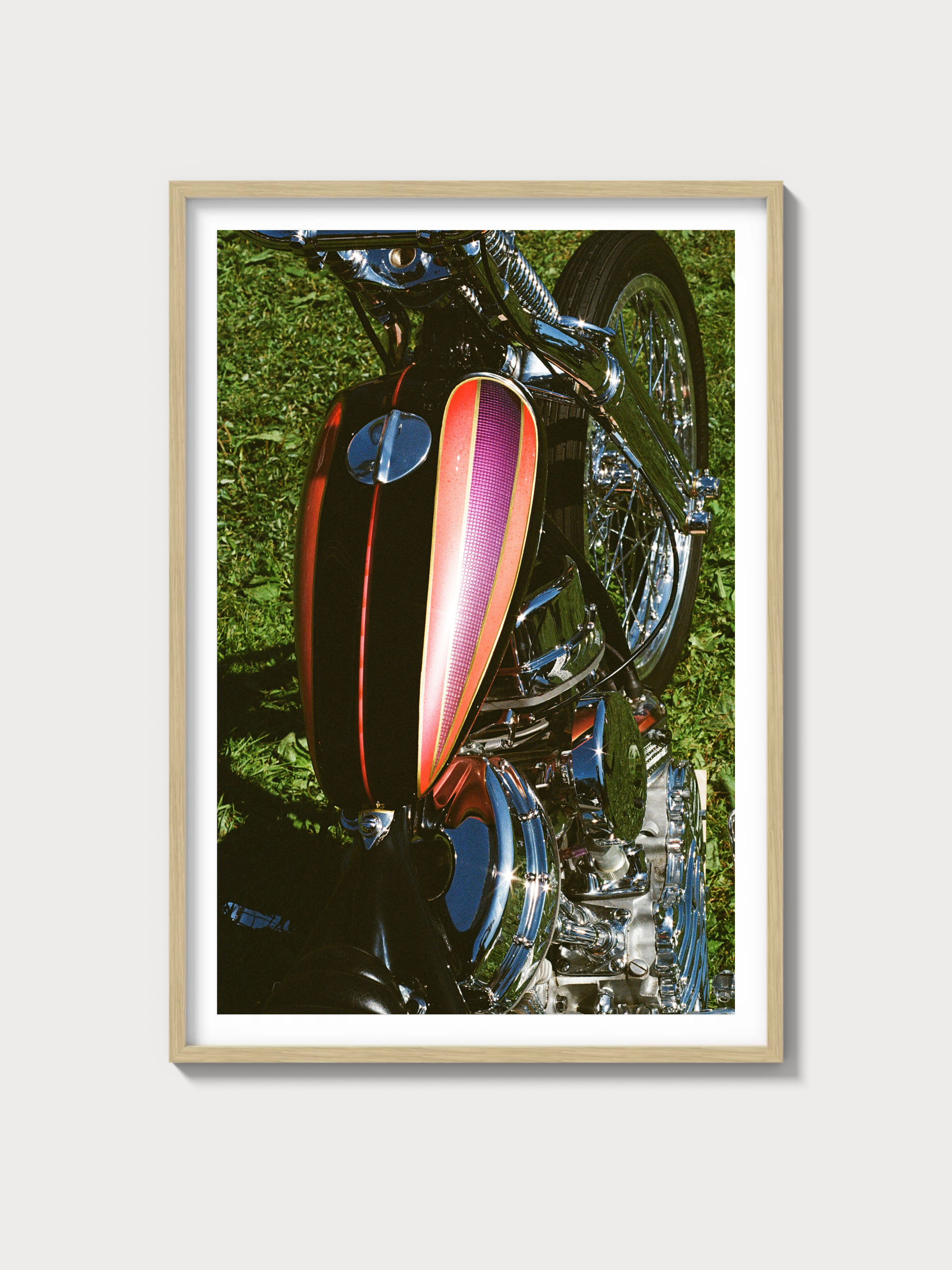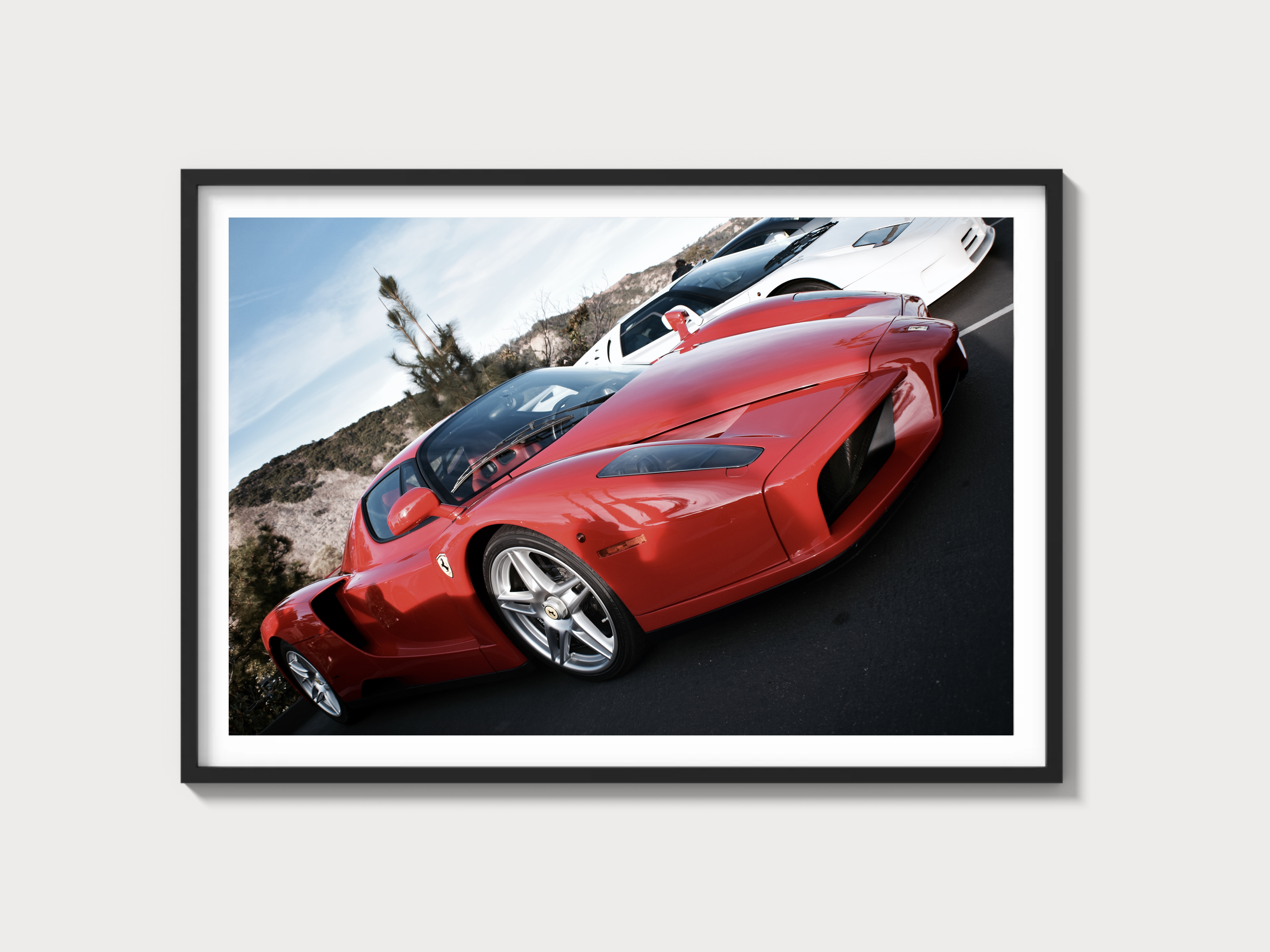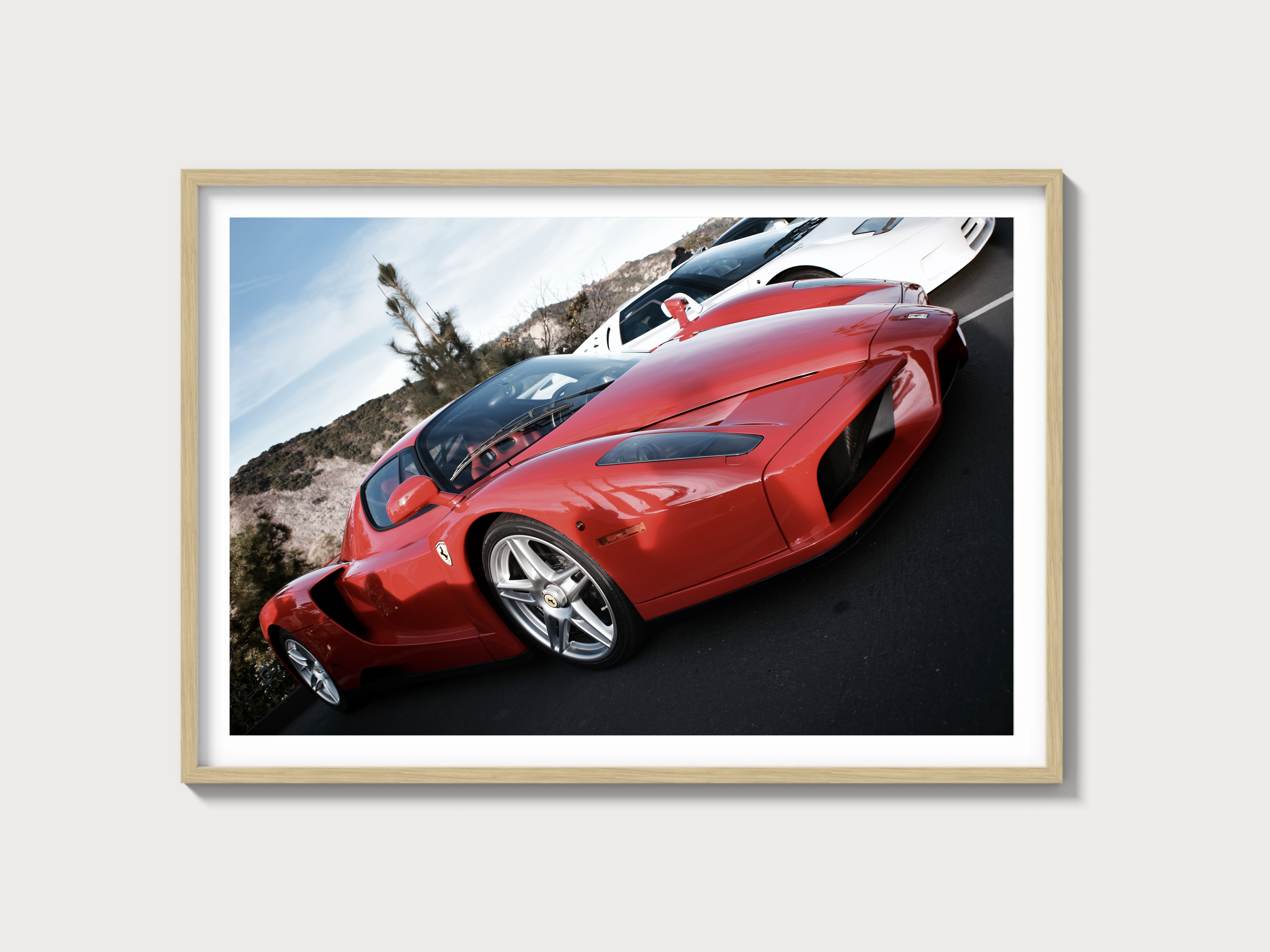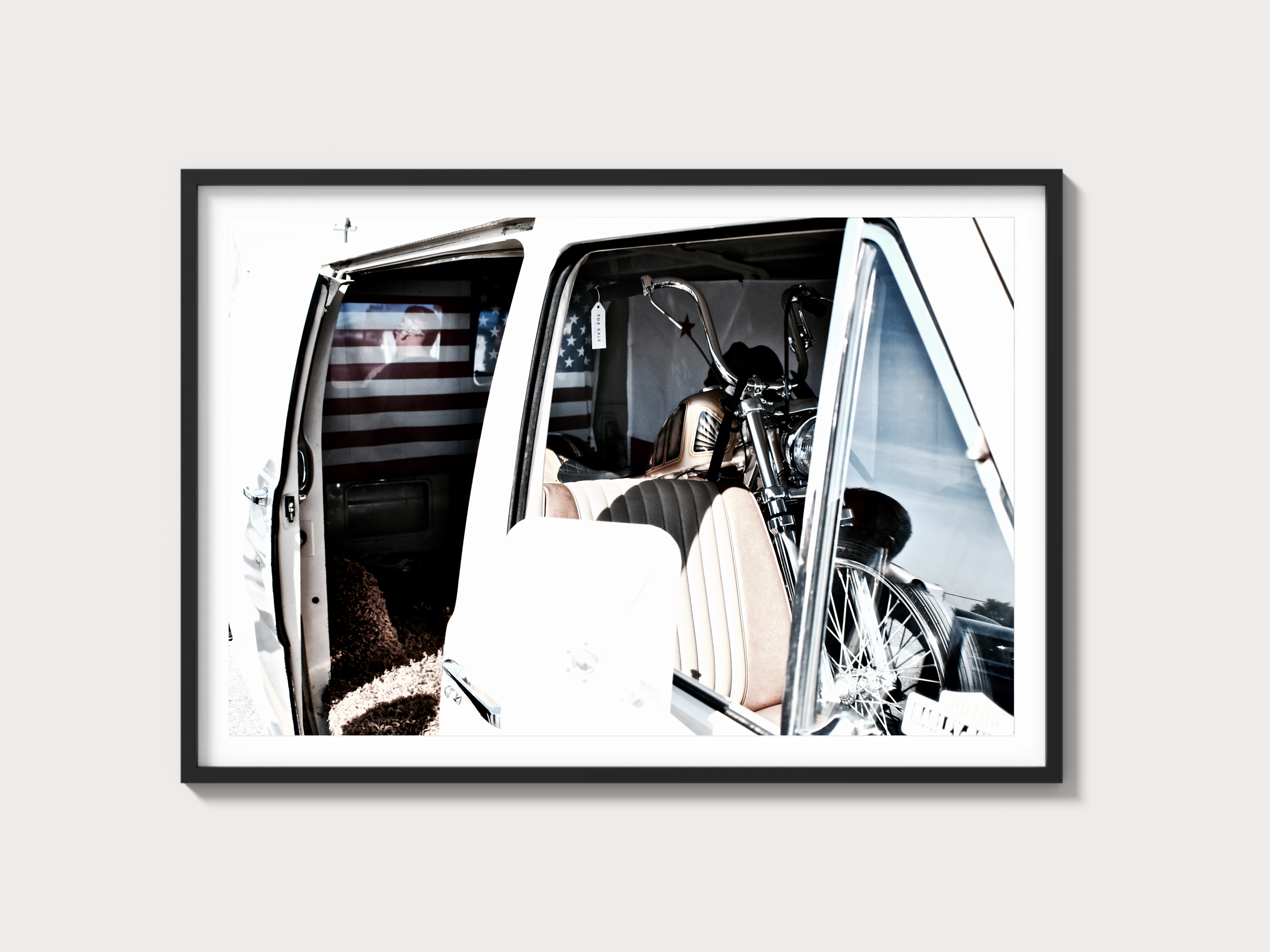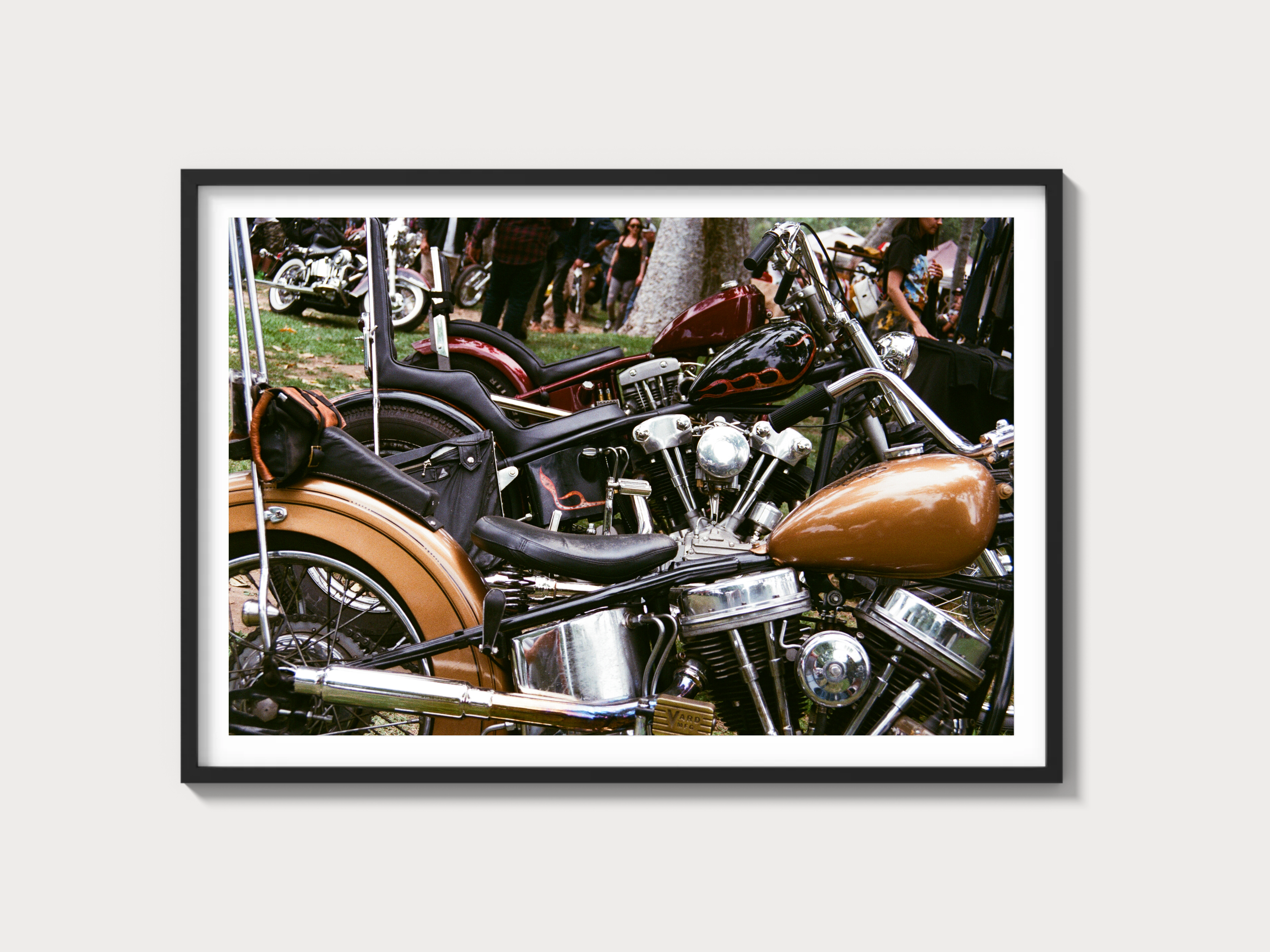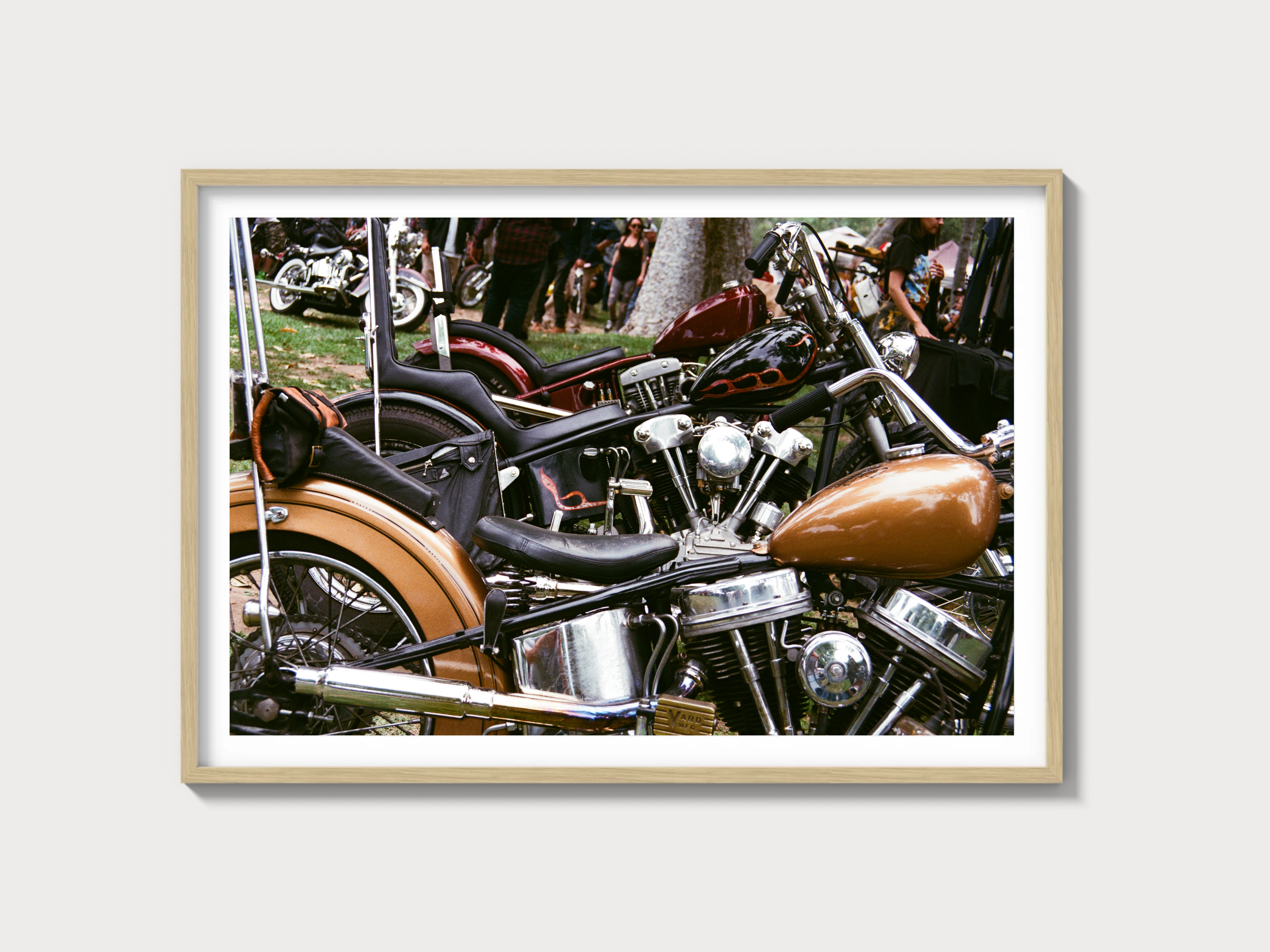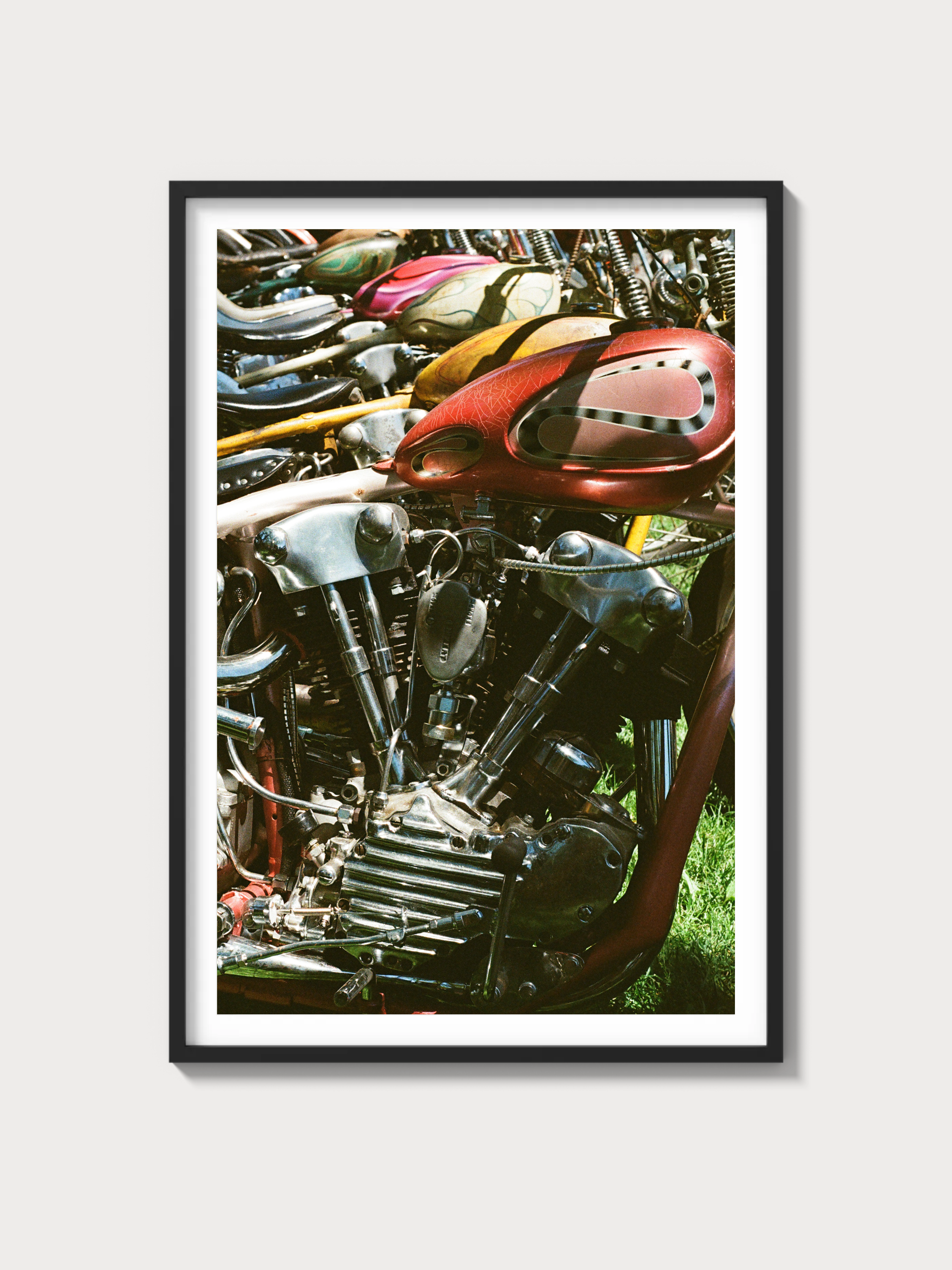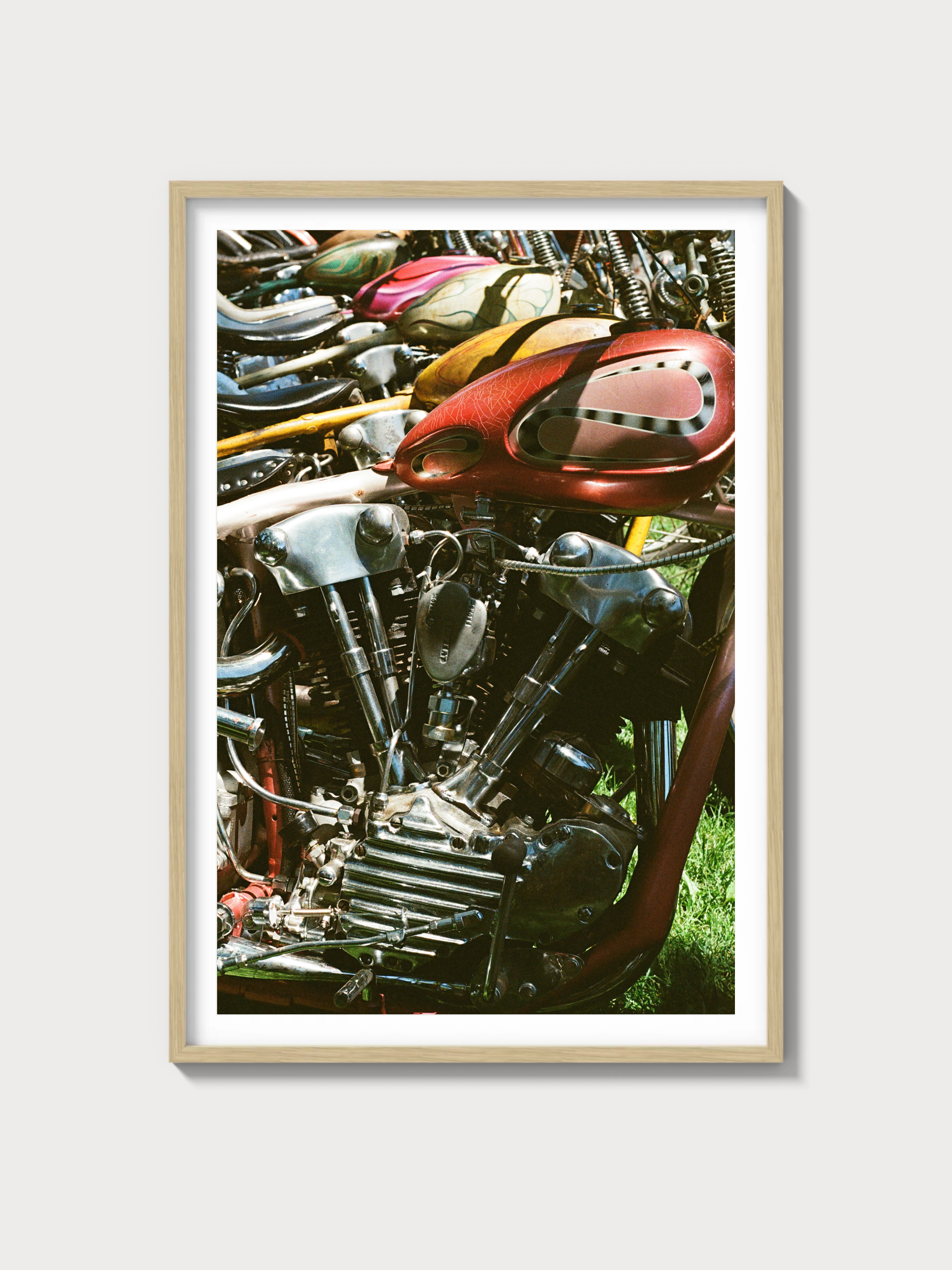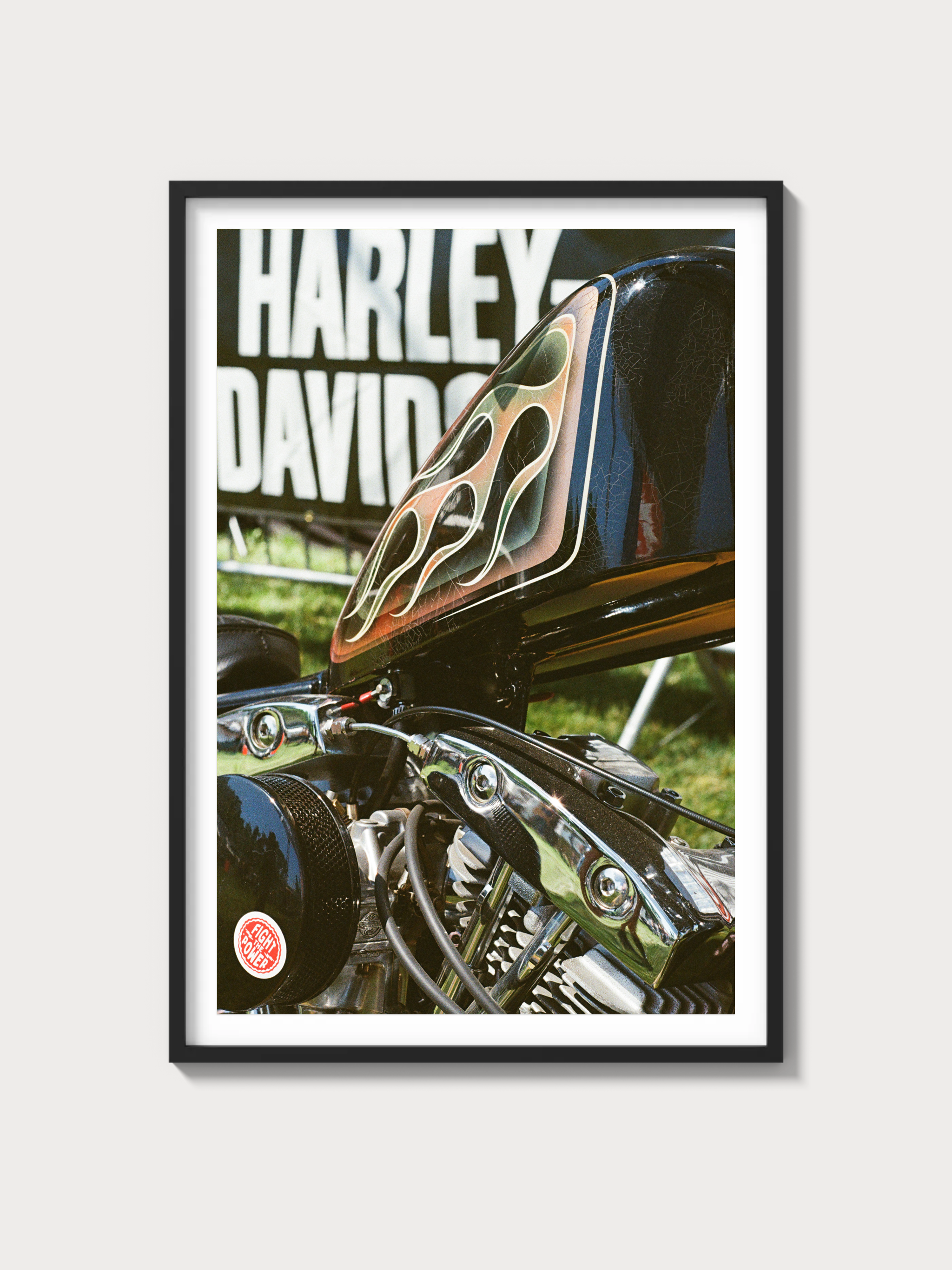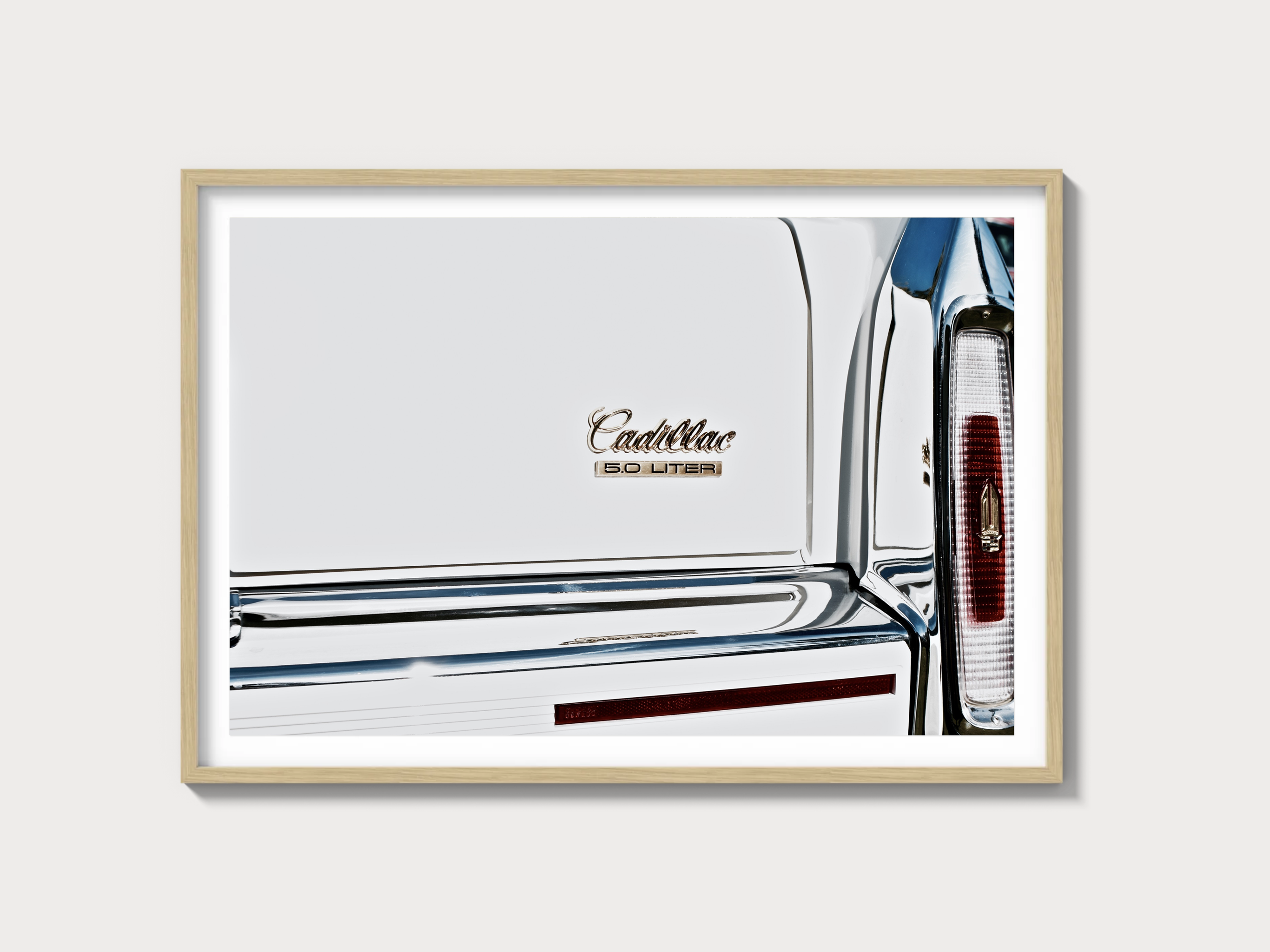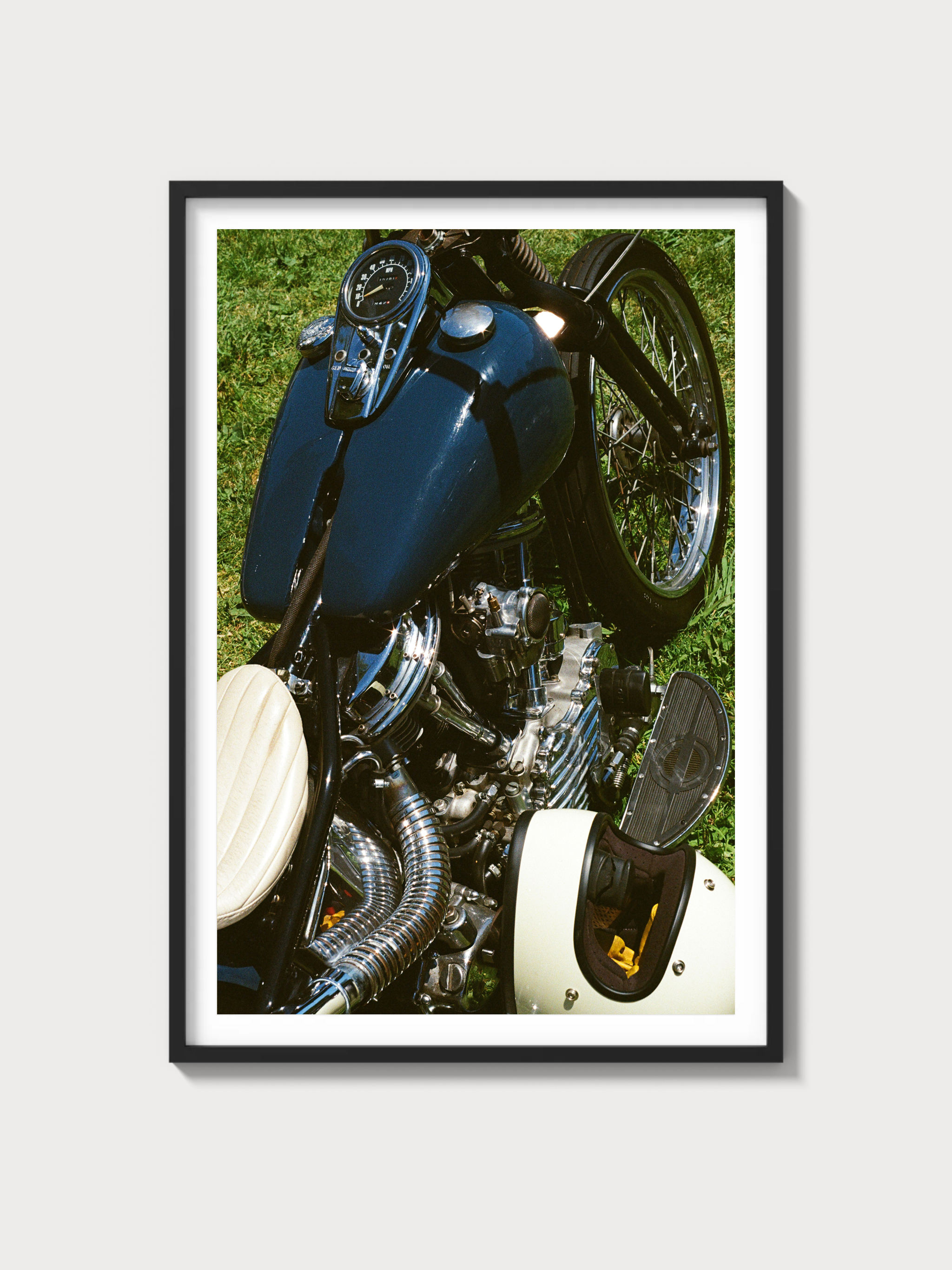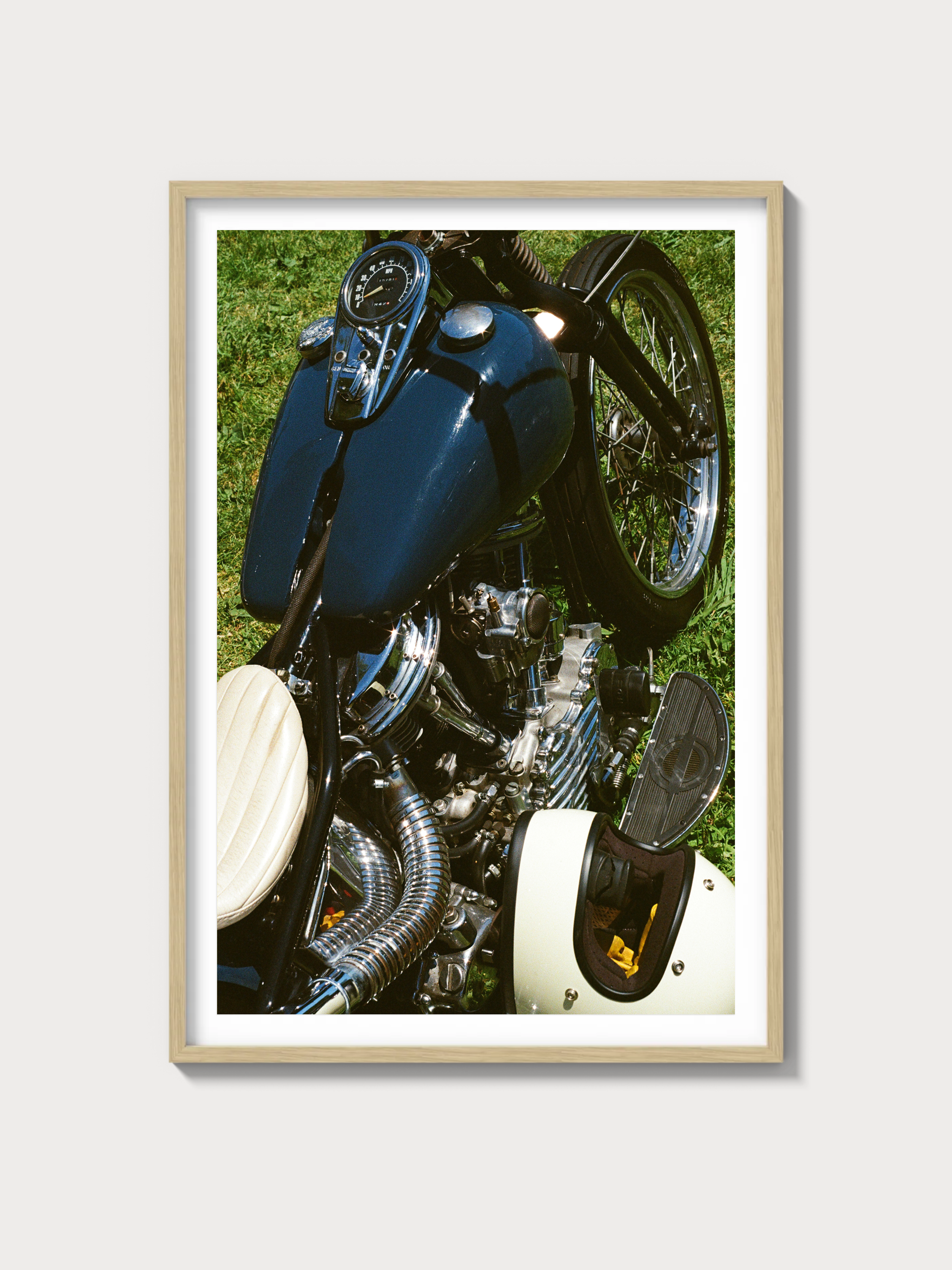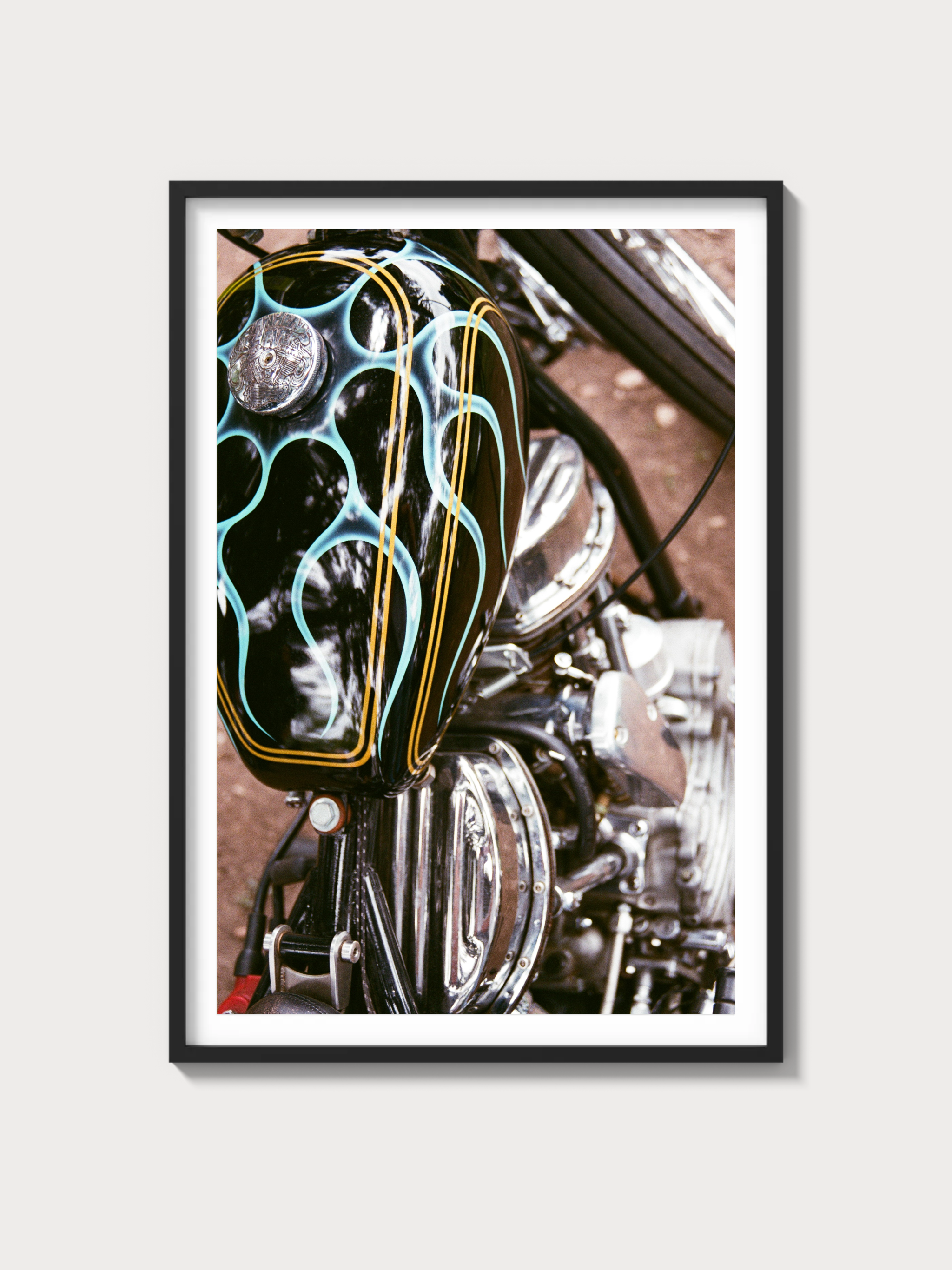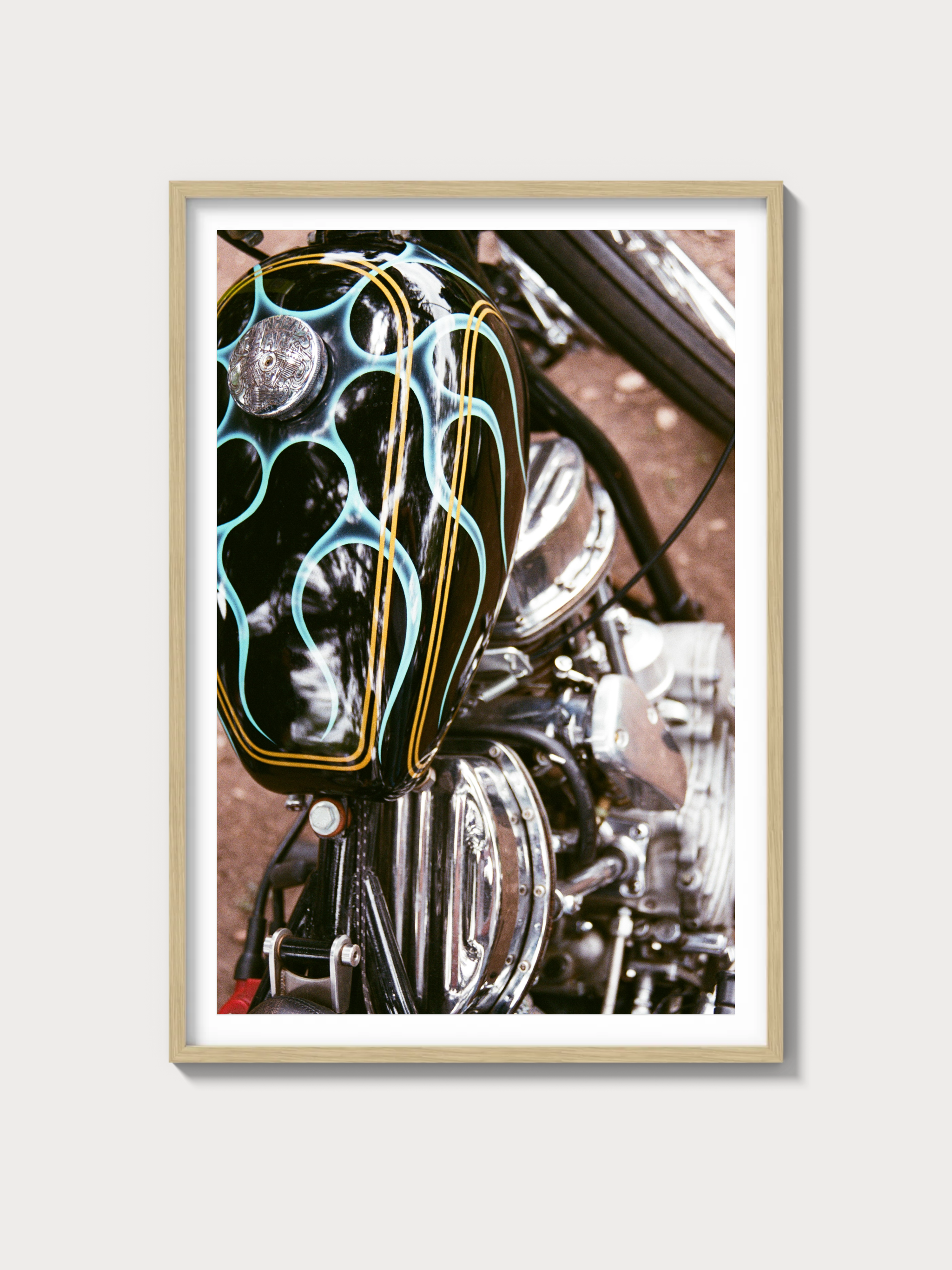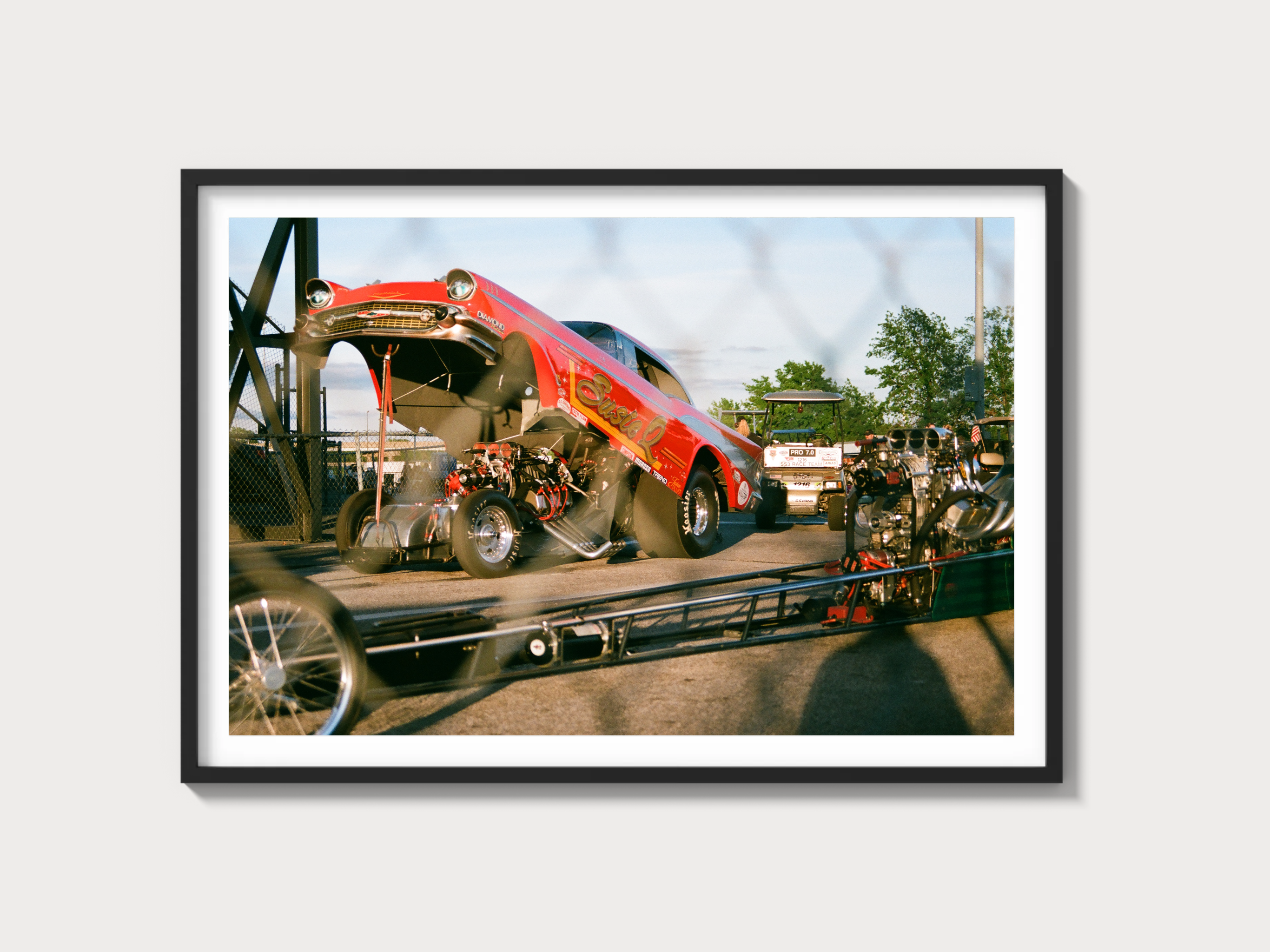2006–2009 Chevrolet TrailBlazer SS (1st Gen GMT360)
Historical Context and Development Background
The TrailBlazer SS arrived for the 2006 model year as the audacious apex of Chevrolet’s GMT360 midsize SUV line. Conceived and executed by GM Performance Division, it was a clean-sheet rethink of an everyday, body-on-frame SUV through a muscle-car lens: a Corvette-derived all-aluminum LS2 V8 under the hood, a lowered and stiffened chassis, and the visual understatement of a monochrome body with 20-inch wheels and discreet SS badging. It was a factory-built sleeper with genuine engineering depth, not a decal package.
In period, the performance SUV space was heating up. Jeep’s Grand Cherokee SRT8 (6.1 Hemi) went for maximum thrust and all-paw traction, while the European axis fielded the BMW X5 4.8is and the Porsche Cayenne S/Turbo—each with a different take on pace versus practicality. Chevrolet’s approach was archetypally American: big-displacement, naturally aspirated torque, rear-drive standard (AWD optional), and a chassis tune aimed at real-world road fluency rather than track theatrics. The SS retained the TrailBlazer’s utility while delivering performance that embarrassed many contemporary sport sedans.
Stylistically, the SS wore a unique front fascia, mesh-style grille treatment, lower ride height, and polished 20s shod in performance rubber. Inside, it gained SS-specific trim, supportive seats, and instrumentation befitting its remit. Underneath, it was comprehensively reworked where it mattered: springs, bars, dampers, bushings, steering calibration, final-drive gearing, and brake hardware.
Engine and Technical Specifications
At the heart of the TBSS is the LS2—a 6.0-liter all-aluminum small-block shared with the C6 Corvette of the era. In SS tune, output was SAE-certified at 395 hp for 2006 and 390 hp from 2007 onward, with 400 lb-ft of torque. Drive-by-wire throttle and a 4L70E four-speed automatic were standard, with a limited-slip rear differential and 4.10:1 final drive. Buyers could choose rear-wheel drive for the classic muscle feel or an all-wheel-drive system for all-weather traction.
| Specification | Detail |
|---|---|
| Engine configuration | 90° OHV V8 (GM LS2, aluminum block/heads) |
| Displacement | 6,0 L (5967 cc) |
| Horsepower | 395 hp @ ~6,000 rpm (2006); 390 hp (2007–2009) |
| Torque | 400 lb-ft |
| Induction type | Naturally aspirated |
| Redline | ~6,500 rpm |
| Fuel system | Sequential multi-port fuel injection |
| Compression ratio | 10.9:1 |
| Bore x stroke | 101.6 mm x 92.0 mm (4.00 in x 3.62 in) |
| Drivetrain | RWD (standard) or AWD (optional) |
| Transmission | 4L70E 4-speed automatic |
| Final drive | 4.10:1 with limited-slip differential (RWD); matched ratio in AWD |
Driving Experience and Handling Dynamics
On the road, the TrailBlazer SS feels every bit the big-cube performance truck: instant low-end shove, linear thrust to the redline, and a soundtrack that’s unmistakably small-block Chevy. The 4L70E’s shift strategy is tuned to keep the LS2 in its fat midrange, and manual control over the gate gives the driver useful authority when the road turns interesting.
Chassis tuning is the revelation. The SS sits roughly an inch lower on stiffer springs with Bilstein monotube dampers and larger anti-roll bars. Turn-in is cleaner than you’d expect from a ladder-frame SUV, mid-corner body control is disciplined, and the rear axle’s five-link location keeps the truck planted under power. Steering is appropriately weighted and stable on-center, trading fingertip lightness for reassuring heft. Brake hardware is upsized versus the standard TrailBlazer, with vented discs all around, twin-piston front calipers, and an ABS/traction-control calibration matched to the tire compound.
Tire spec was performance-biased from the factory—20-inch alloys typically wrapped in 255/50R20 rubber—delivering strong lateral grip for the class. The AWD variant adds confidence when the surface is compromised, while the RWD version offers the purer, lighter front-end feel and the ability to rotate on throttle when space allows.
Performance Specifications
| Metric | Figure |
|---|---|
| 0–60 mph | Approximately 5.3–5.7 seconds (period instrumented tests) |
| Quarter-mile | ~14.0–14.3 sec @ ~97–100 mph (period instrumented tests) |
| Top speed | ~130 mph (electronically limited) |
| Curb weight | ~4,700–4,950 lb (RWD vs AWD) |
| Layout | Front-engine; RWD or AWD |
| Brakes | Vented discs (front/rear), twin-piston front calipers, ABS |
| Suspension | Front SLA independent; rear 5-link solid axle; SS-rate coils; Bilstein monotubes; ~1 in lower ride height |
| Gearbox type | 4L70E 4-speed automatic, performance calibration |
Variants, Model-Year Changes, and Production Notes
The TrailBlazer SS was offered in rear-drive and all-wheel-drive configurations throughout its 2006–2009 run. While option content could be tailored (upholstery, audio/navigation, sunroof), the core mechanical package remained consistent. The most notable running change is the SAE horsepower rating adjustment after the debut year.
| Variant | Years | Drivetrain | Output | Major Differences | Production numbers |
|---|---|---|---|---|---|
| TrailBlazer SS RWD | 2006–2009 | Rear-wheel drive; 4L70E; limited-slip differential | 395 hp (2006); 390 hp (2007–2009); 400 lb-ft | Lower ride height, 20-inch wheels/tires, SS fascia/badging, performance suspension/brakes | Not publicly released by GM |
| TrailBlazer SS AWD | 2006–2009 | Full-time AWD; 4L70E | 395 hp (2006); 390 hp (2007–2009); 400 lb-ft | As above, with all-weather traction; slightly higher curb weight | Not publicly released by GM |
| Year-to-year note | 2007–2009 | — | SAE rating revised to 390 hp | Feature and color availability varied by model year/market | Not publicly released by GM |
Ownership Notes: Maintenance, Parts, and Restoration
- Engine and driveline: The LS2 is robust and parts-rich, sharing architecture with countless GM small-blocks. Use quality synthetic oil and keep the cooling system healthy; heat is the enemy of any performance truck. The 4L70E responds well to fluid/filter changes and conservative temps. AWD transfer case and both differentials appreciate regular fluid service.
- Common wear items: Front wheel hubs, sway-bar end links/bushings, lower control-arm bushings, and motor mounts are typical GMT360 consumables on higher-mile trucks. Exhaust manifold bolts can snap on LS-family engines; listen for a ticking on cold start.
- Brakes and tires: 20-inch tires and larger rotors increase running costs versus a standard TrailBlazer. Stick to quality, load-appropriate rubber to preserve the chassis balance and braking performance.
- Electrical and HVAC: Blend-door actuators and door modules are known trouble spots across the platform. Inspect HVAC operation through its full range and verify all window/lock functions.
- Service intervals (general guidance): Engine oil and filter roughly every 5,000–7,500 miles (or per the Oil Life Monitor), ATF/filters and transfer case/differential fluids around the 50,000–60,000-mile mark if driven enthusiastically or used for towing, spark plugs about 100,000 miles (iridium), coolant and brake fluid on time-based cycles.
- Parts availability: Excellent for mechanicals (LS2/4L70E/GMT360). SS-specific cosmetic pieces (fascia, trim, wheels, cluster) can be scarcer and command a premium when new-old-stock surfaces.
- Restoration difficulty: Straightforward mechanically; body and interior refurbishment hinges on sourcing good SS-specific components. A clean, unmodified starting point saves time and money.
Cultural Relevance and Market Perspective
The TrailBlazer SS became a cult figure precisely because it felt like a modern interpretation of the classic American formula: big V8, rear-drive attitude, and everyday usefulness. It sat at a unique intersection—more affordable and less ostentatious than the European contingent, yet engineered with an integrity that stood up to hard use and real driving. Its closest GM cousin is the Saab 9-7X Aero, which shared the LS2 heart and much of the chassis tuning, underscoring how serious the program was inside the corporation.
Collector interest has steadily coalesced around low-mileage, unmodified examples, especially with comprehensive documentation. Public auction listings have shown that well-preserved trucks can command strong five-figure results, with configuration, mileage, originality, and condition doing the heavy lifting on value. RWD and AWD both have audiences: some prefer the lighter, purist RWD dynamic; others favor the all-weather confidence of AWD. Color and option combinations can influence desirability, and factory wheels/trim in excellent condition are an easy visual tell of careful ownership.
FAQs
How much horsepower does the TrailBlazer SS have?
It was SAE-certified at 395 hp for the 2006 model year and 390 hp from 2007 through 2009, with 400 lb-ft of torque across the run.
Is the TrailBlazer SS reliable?
Mechanically, the LS2/4L70E pairing is stout when serviced on schedule with quality fluids. Expect typical GMT360 wear items (front hubs, suspension bushings, HVAC actuators) and keep an eye on exhaust manifold bolts and motor mounts. AWD trucks add transfer-case and front-axle service to the maintenance mix.
RWD or AWD — which should I choose?
RWD offers the lighter, more rear-drive-biased feel; AWD brings traction and confidence in poor weather and strong launches on marginal surfaces. Both share the same core powertrain and suspension philosophy.
What are known problem areas?
Front hub bearings, sway-bar links/bushings, lower control-arm bushings, motor mounts, HVAC blend-door actuators, and occasional door module gremlins. As with many LS engines, watch for broken exhaust manifold bolts. Transmission longevity benefits from fresh fluid and conservative temperatures.
How quick is it?
Period instrumented tests recorded approximately 5.3–5.7 seconds 0–60 mph and low-14-second quarter-miles, with an electronically limited top speed around 130 mph.
Are parts hard to find?
Mechanical parts are widely available thanks to LS commonality and the broad GMT360 ecosystem. Unique SS cosmetic and trim pieces can be tougher; budget time to source clean examples.
What changed after 2006?
The primary mechanical change is the SAE horsepower rating from 395 hp (2006) to 390 hp (2007–2009). The fundamental chassis, brake, and suspension package remained consistent.




